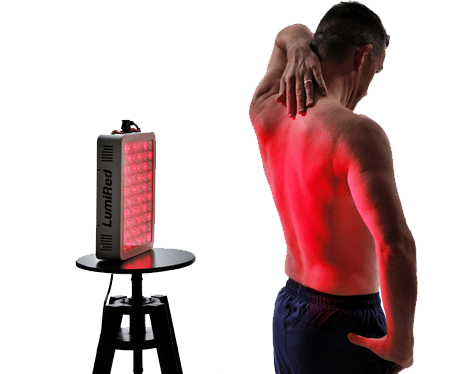Everything You Need To Know About Light Therapy For Fibromyalgia
Light Therapy For Fibromyalgia

Treatments using artificial light, such as light therapy for fibromyalgia, heliotherapy, intense light therapy, or phototherapy, are known as light therapy. SAD is a kind of depression that happens simultaneously, usually in the autumn or winter when there are fewer daylight hours. Other forms of depression, as well as numerous sleep problems, may be treated with this medication.
Light treatment involves sitting or working close to a “light therapy box” device during the early morning hours. This gadget emits a bright fluorescent light that resembles natural light.
Instead of looking at the light, which is usually diluted by a screen, people are encouraged to write, read, or dine as they usually would. One or two sessions every day, lasting from 15 minutes to three hours, depending on the patient’s requirements.
In most cases, a response occurs in the first two to four days of treatment; however, it might take up to three weeks before symptoms improve.
Light therapies are thought to impact brain chemicals linked to mood and sleep habits. Red Light-therapy essentially “resets” the body’s internal clock by restoring the lost exposure to sunshine. Side effects are infrequent, although they might include eye strain, headaches, nervousness, nausea, and excessive perspiration.
Reversing these effects is usually as simple as cutting down on time spent in front of the lights.
The Different Types of Light Treatment
Bright light treatment, colorful light therapies, and low light laser therapy are the three primary forms of light therapies. The light treatment described above is referred to as bright light therapy (BLT). With colored light treatment, different body regions are illuminated with colored light beams (usually red, blue, violet, and white). These hormones, such as serotonin and endorphins (often known as “feel-good” hormones), are released in response to the light energy being absorbed by the patient’s eyes and conveyed to the brain.
Serotonin and endorphins are two neurotransmitters that have been shown to promote mood and alleviate pain. Color light treatment may run anything from 15 minutes to an hour. As the name suggests, low-frequency therapy employs low-frequency light beams to treat pain. Cells in the body may mend faster and experience less pain when they create heat and improve their energy levels.
Fibromyalgia and light therapies have been investigated.
Light therapies have been utilized to treat some of the symptoms experienced by Fibromyalgia patients, including sadness, pain, and sleep difficulties, despite the lack of formal studies on the topic.
Light-therapy for fibromyalgia from Lumi Red is very successful in the treatment of chronic pain and fibromyalgia. Because of its therapeutic effects on the whole body, chronic pain may be treated concurrently.






